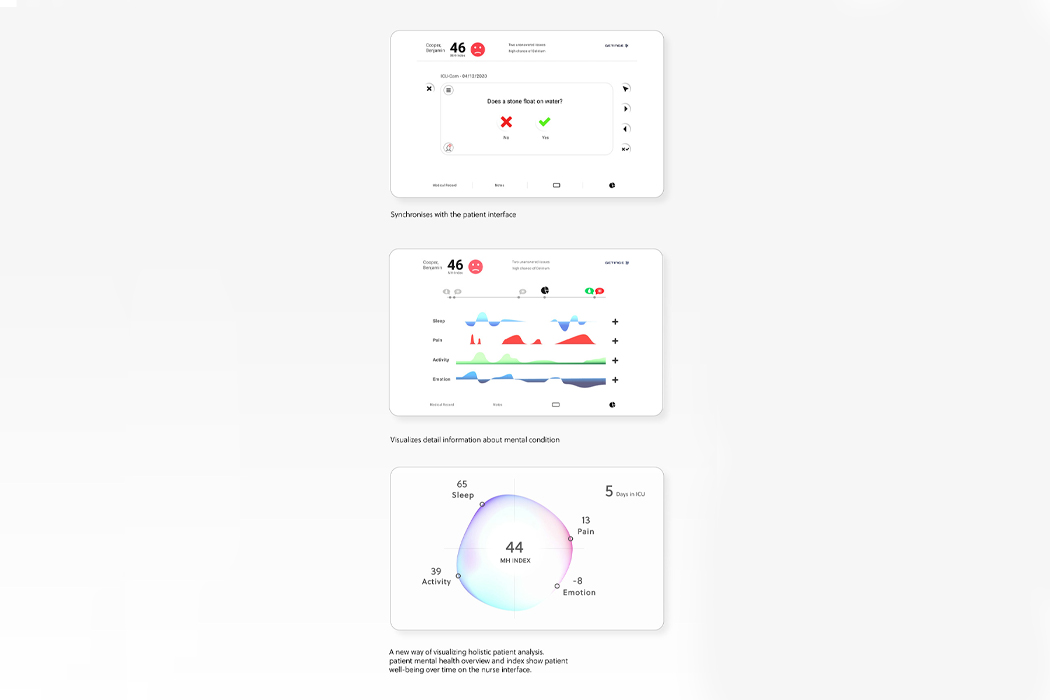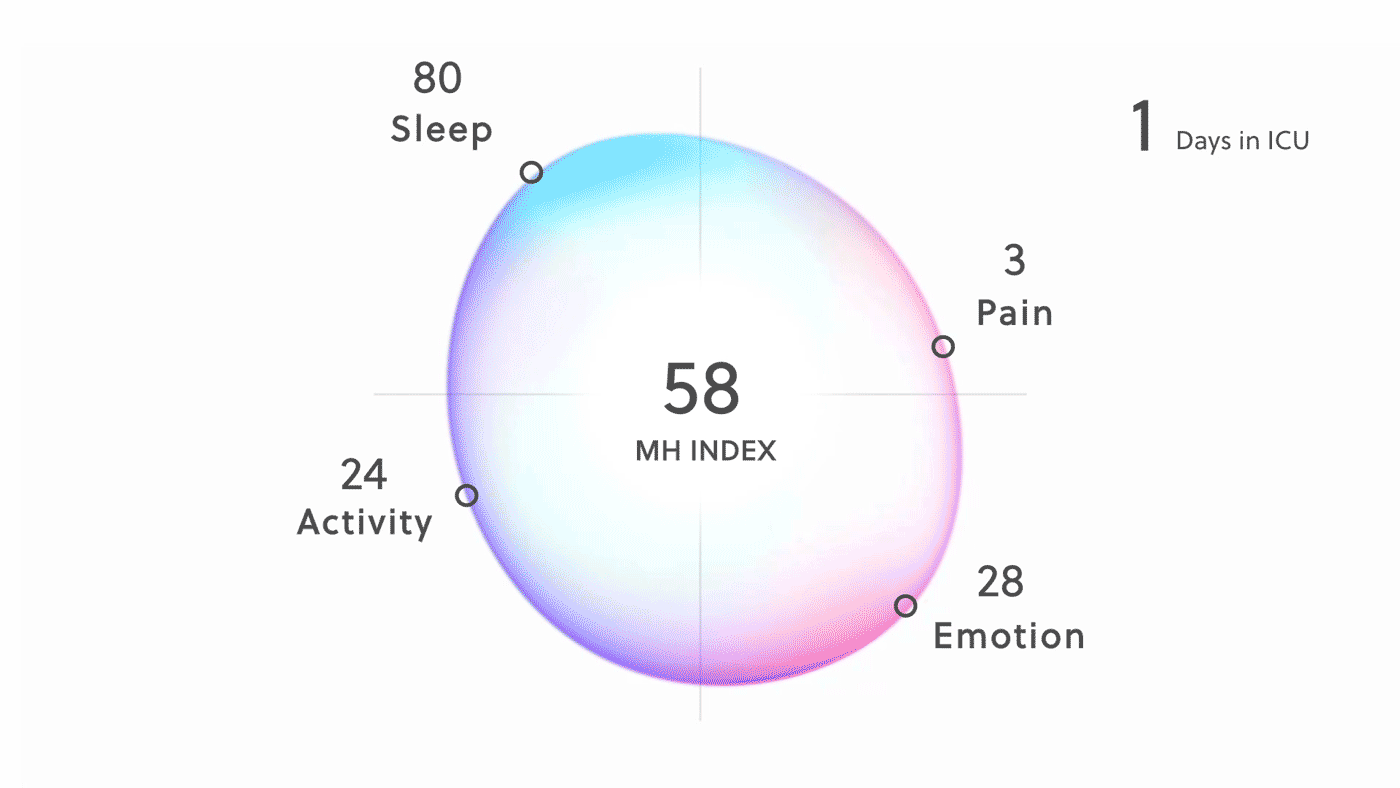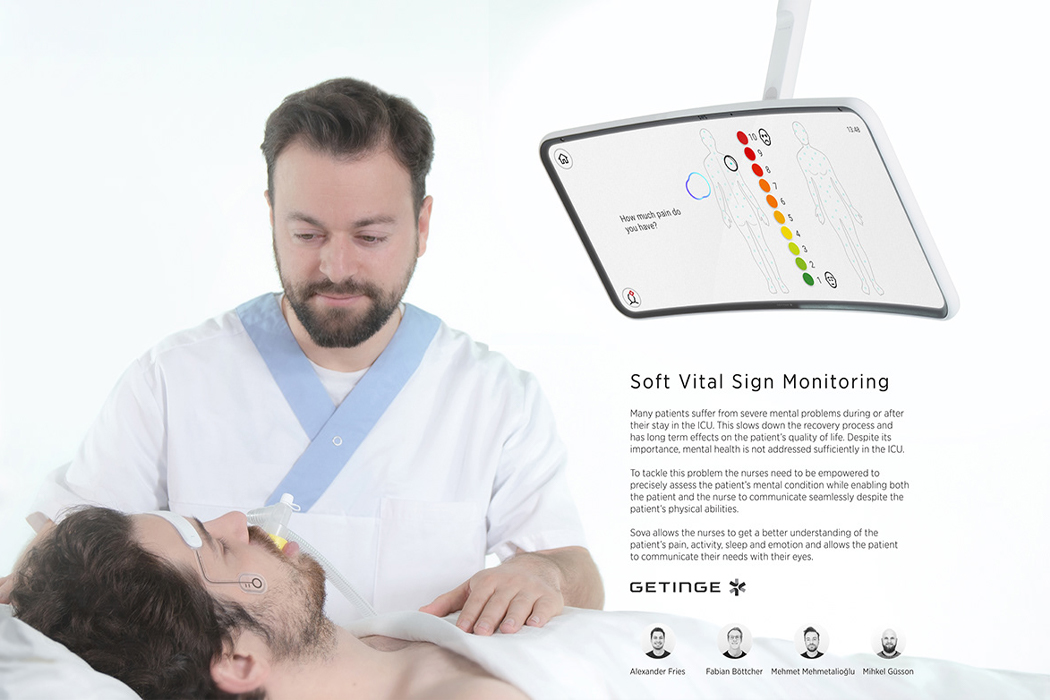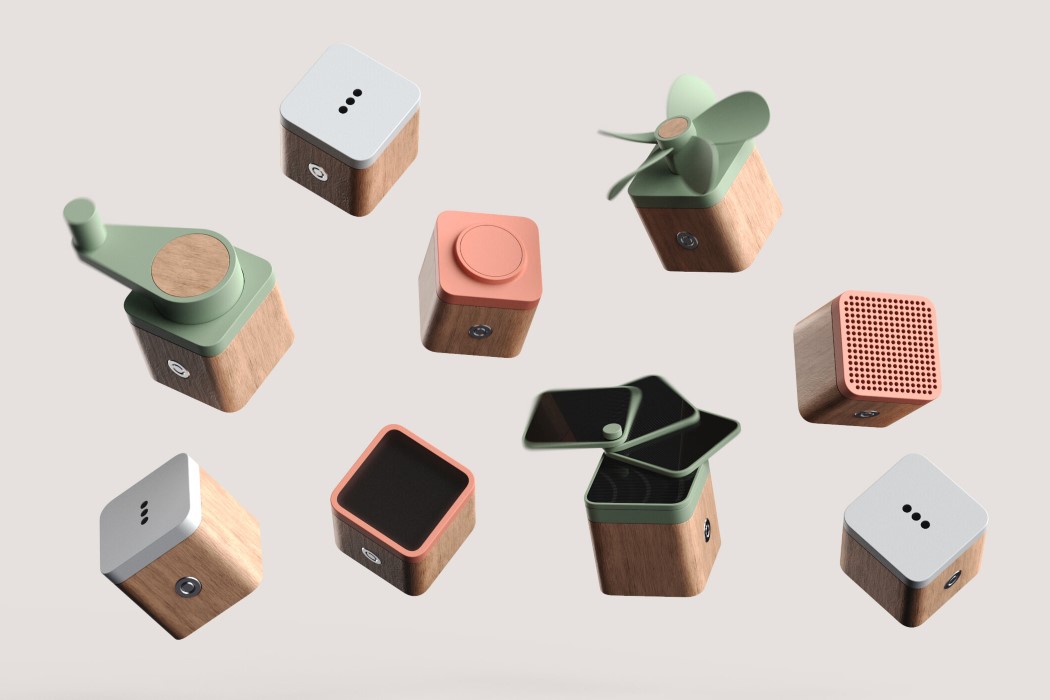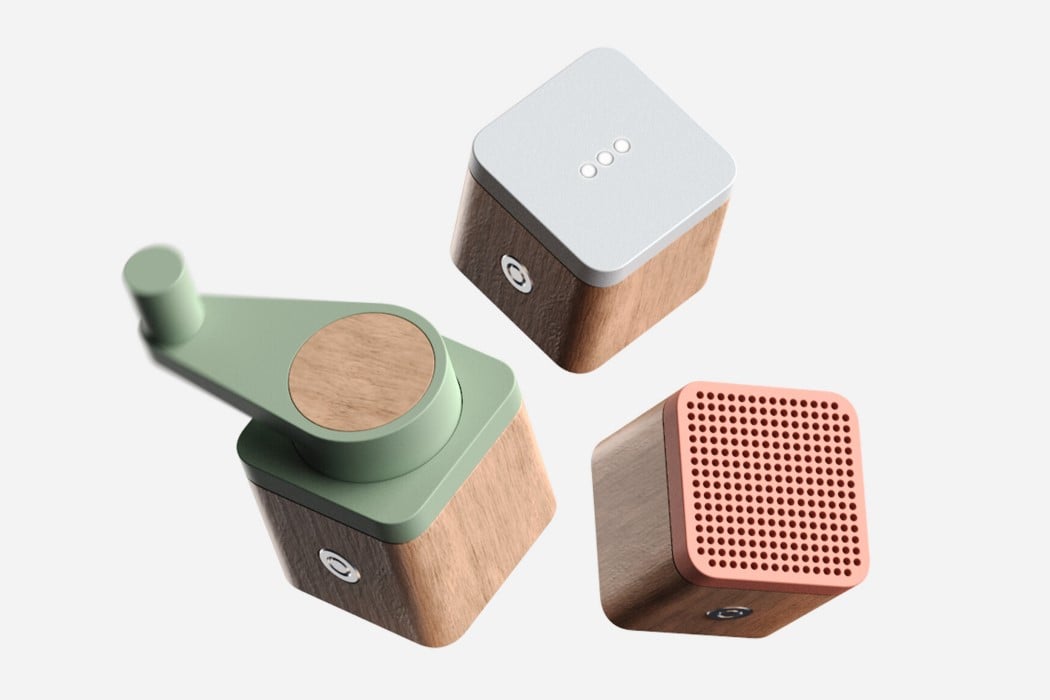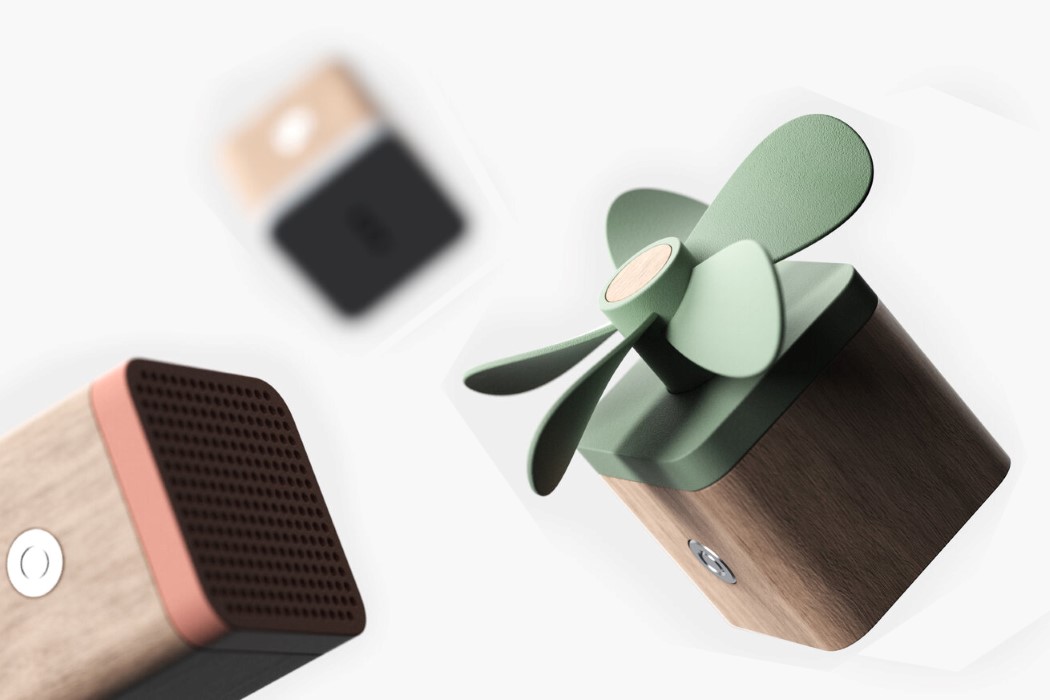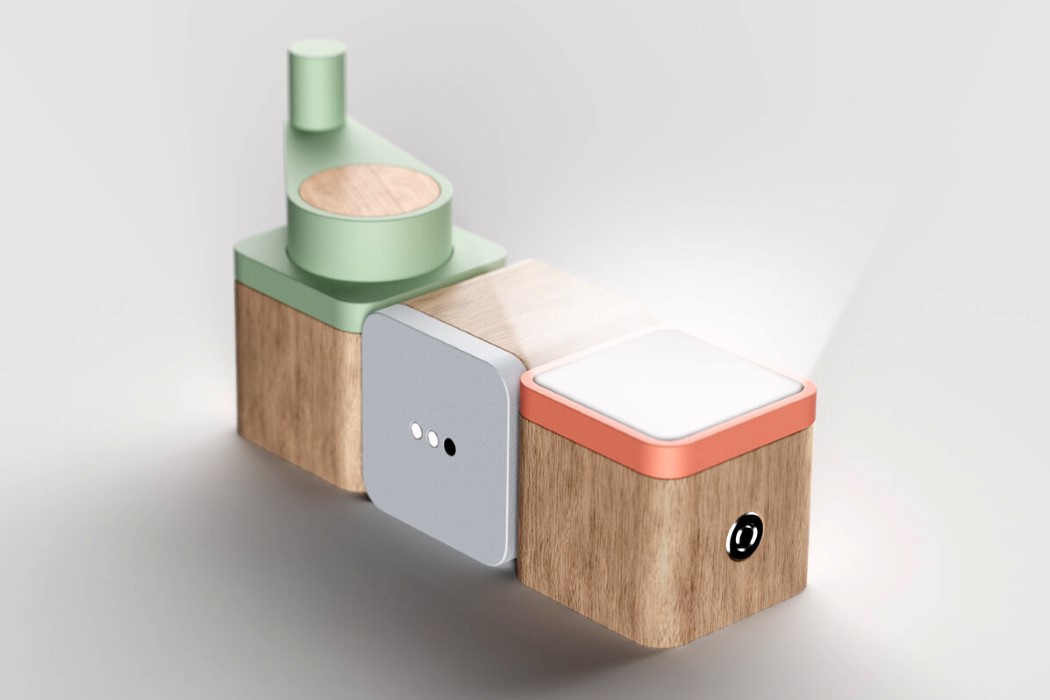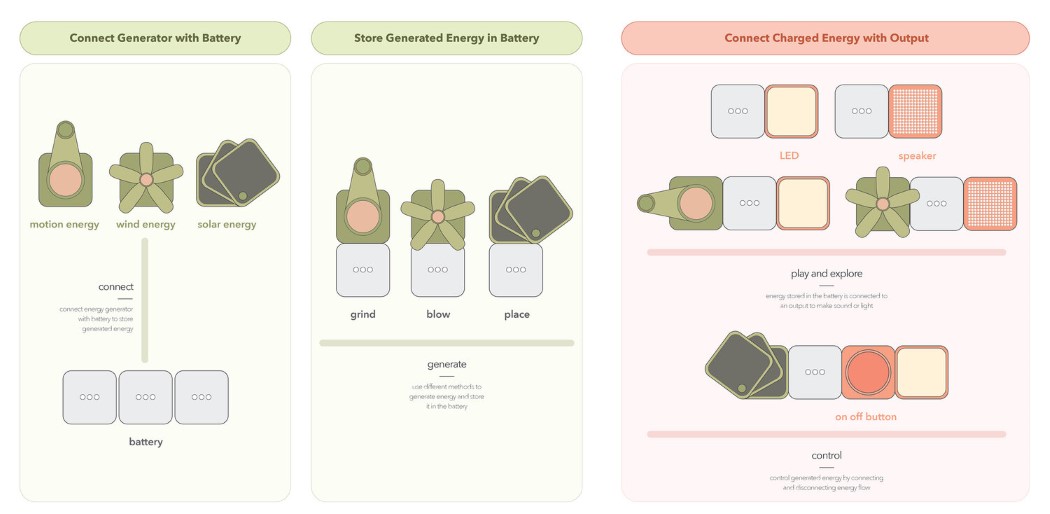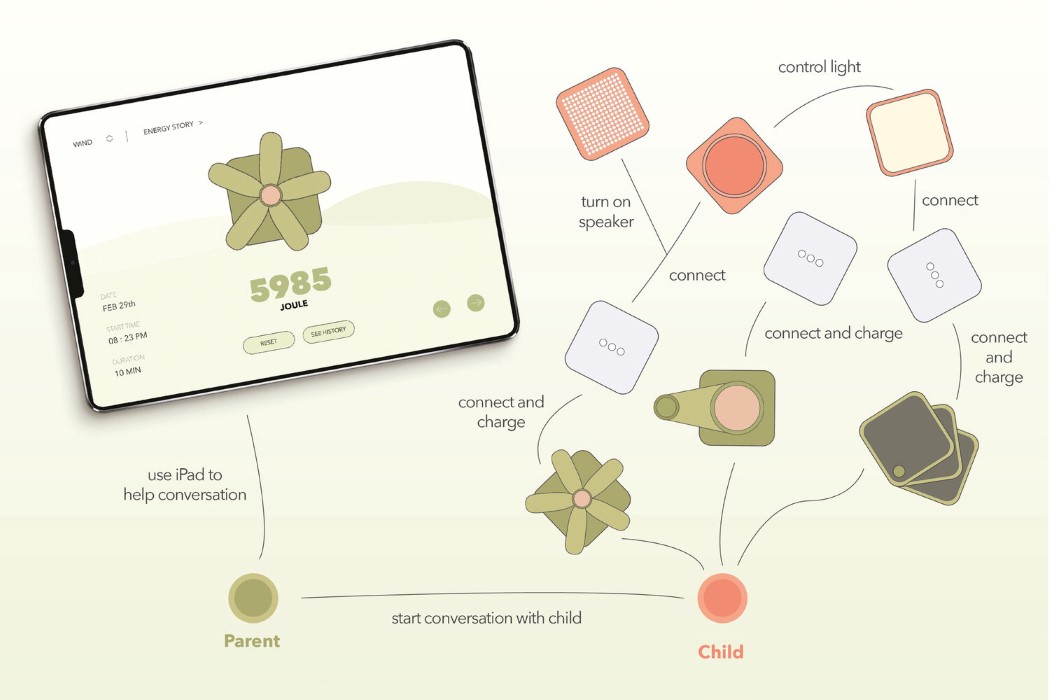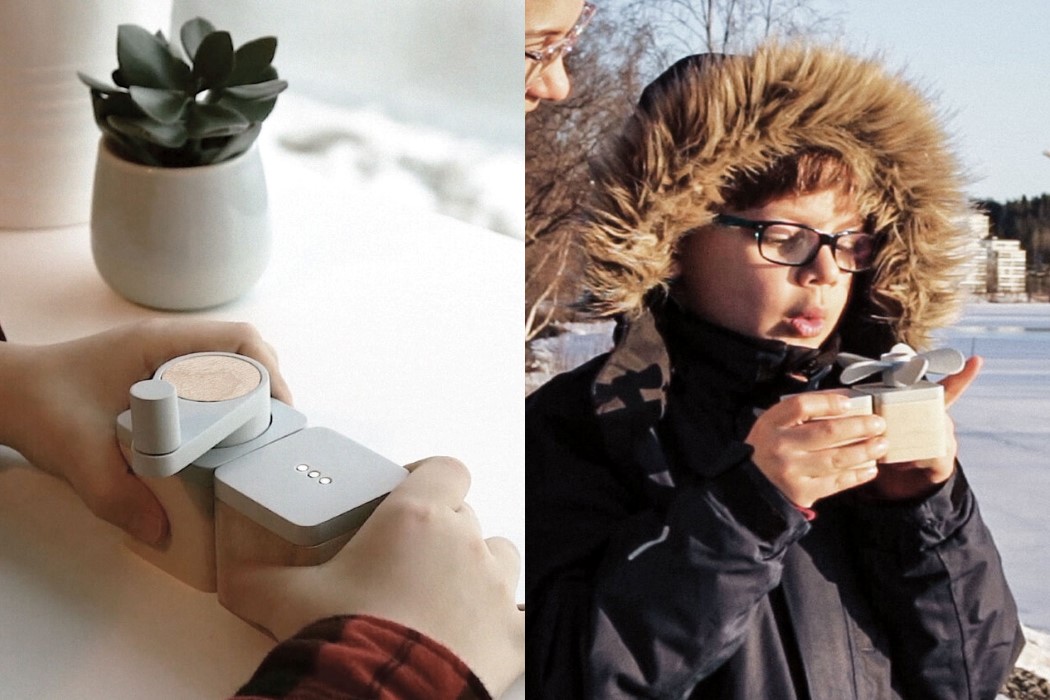The stress and impact that ICUs can have on the mental health of patients typically result in prolonged hospital stays. Troubling cycles typically ensue as soon as patients experience trauma either before entering the ICU or while they’re being treated. The trauma is usually born from the lack of communication between the patient and medical personnel or general miscommunication. Acknowledging the mental stressors within the ICU, a team of designers created SOVA, an ICU medical aid device that tracks the patient’s health progress and allows the patient to communicate their needs by simply directing their eyes.
Either before, during, or following their visit to the ICU, almost half of the patients who receive medical treatment experience some form of trauma or suffer from mental stressors that make it difficult to communicate their needs. SOVA is a medical device that tracks and registers early signs of physical or mental pain so that medical personnel within the ICU can provide the patient with proper treatment. While physical pain, insomnia, and anxiety are only a few of the stressors in the ICU, SOVA operates as a system to track these stressors for real-time support and treatment.
Comprising three main components, SOVA comes equipped with a doctor’s interface, a patient’s interface, and sensors for the patient to wear and for their interface to register. The sensors work to monitor the patient’s brain activity and sleep patterns, while an integrated camera in the patient’s interface surveils their hospital room. Through integrated eye-tracking software, SOVA allows patients to answer health-related questions and communicate their needs, which ends up displayed on their doctor’s interface. This seamless train of communication allows medical staff to act quickly and help patients out of discomfort and pain, shortening their overall stay.
Designers: Mehmet Mehmetalioglu, Mihkel Güsson, Fabian Böttcher
![]()

A curved display screen enhances SOVA’s ergonomic appeal.
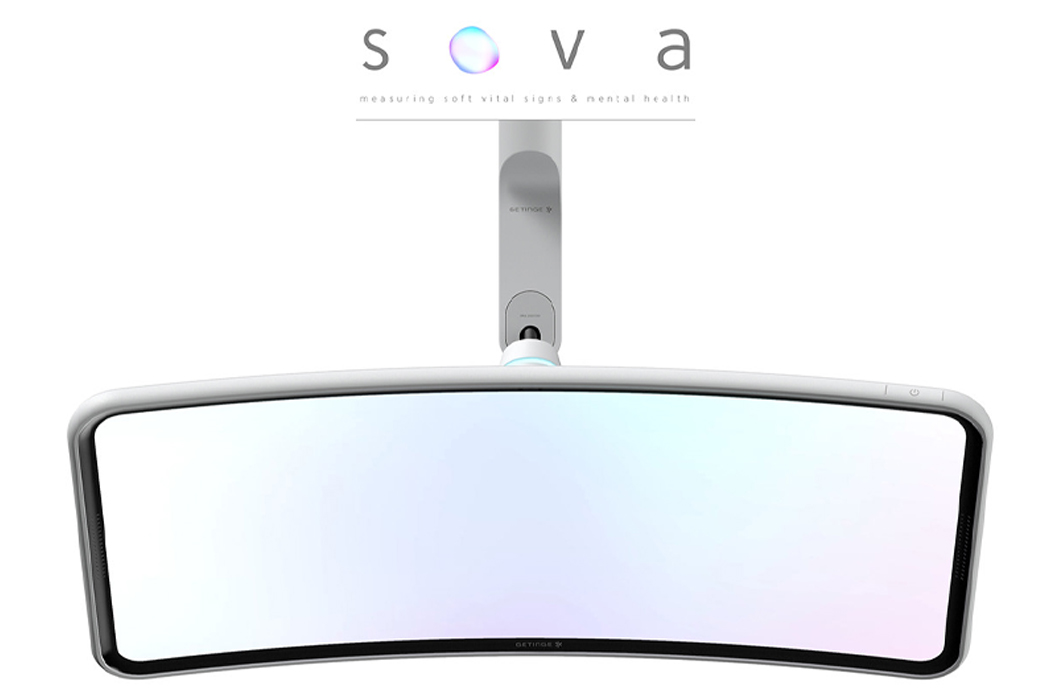
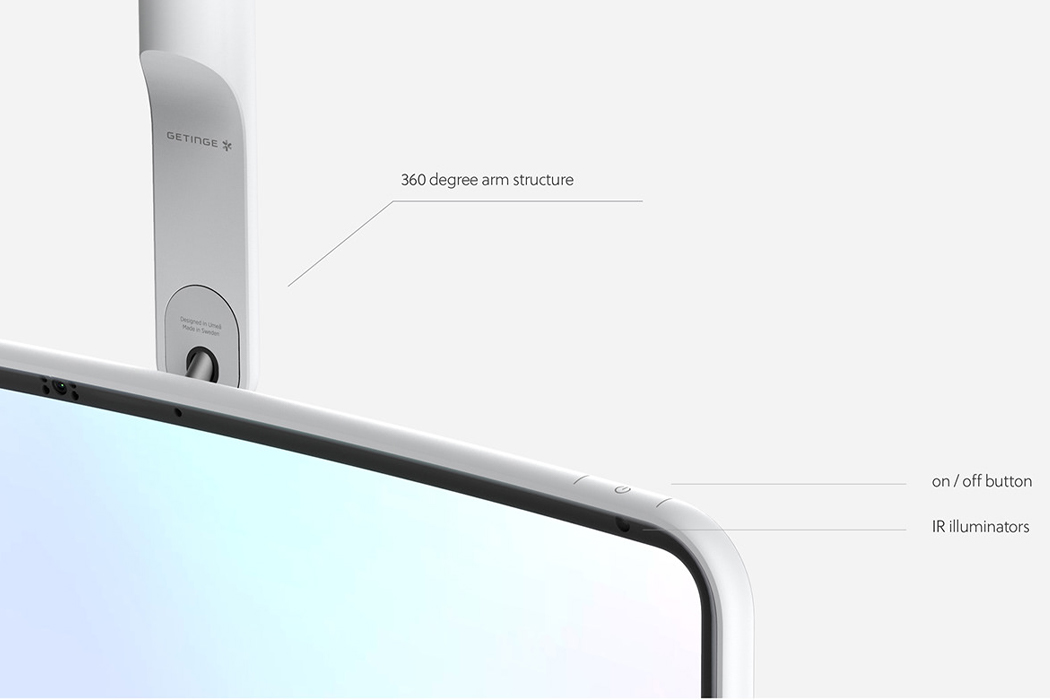
The 360° arm structure allows SOVA to turn and meet the patient where they rest.
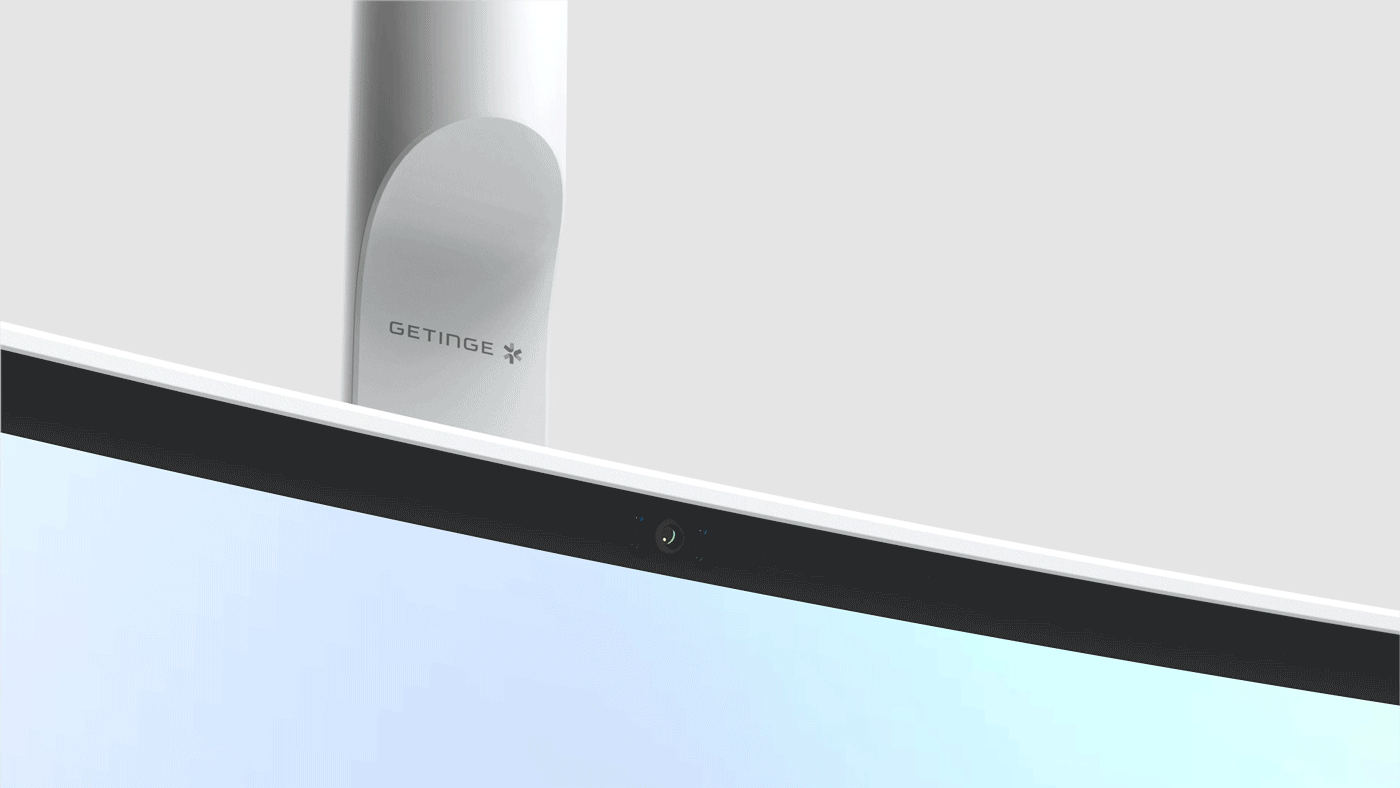
An integrated camera tracks the visual progress of patients in the ICU.
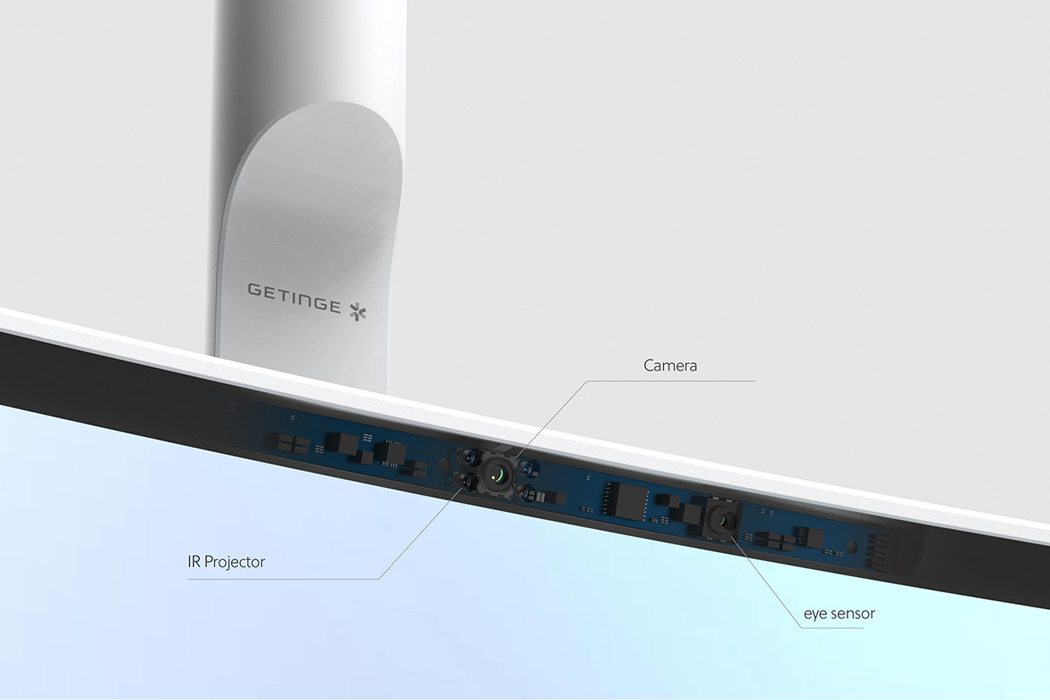
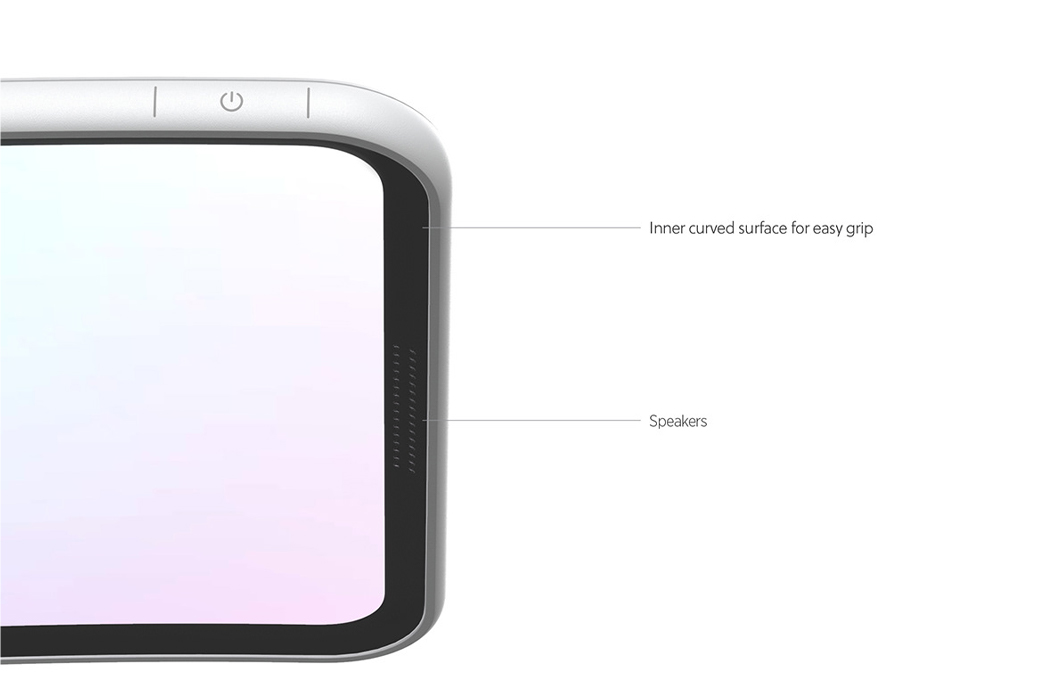
SOVA comes equipped with speakers and easy-to-grip sides for optimal usability.

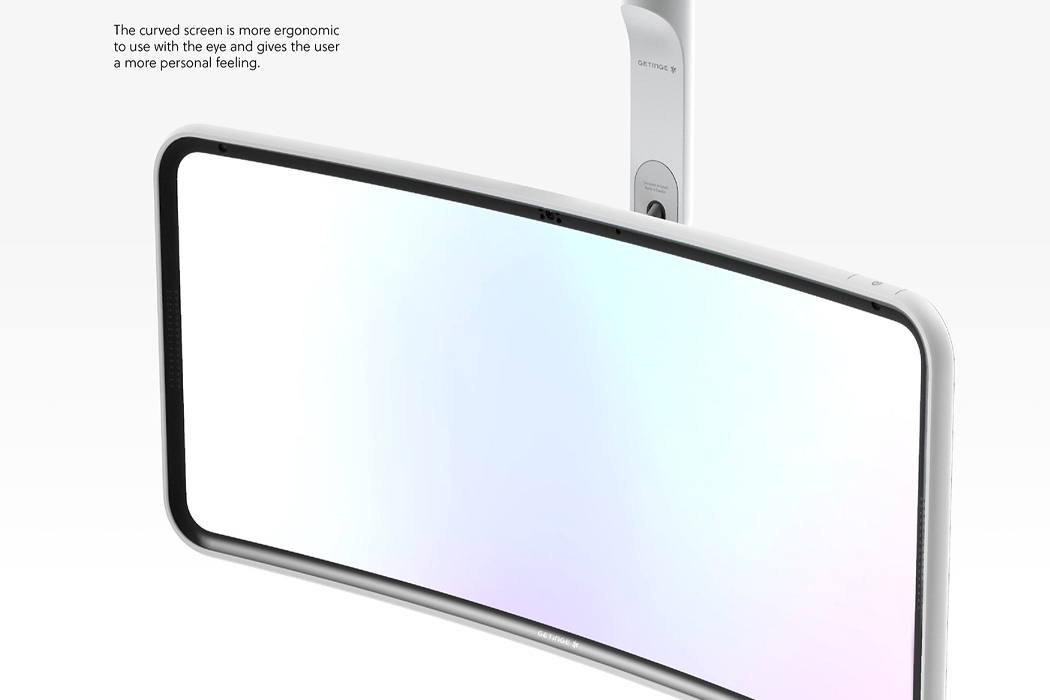
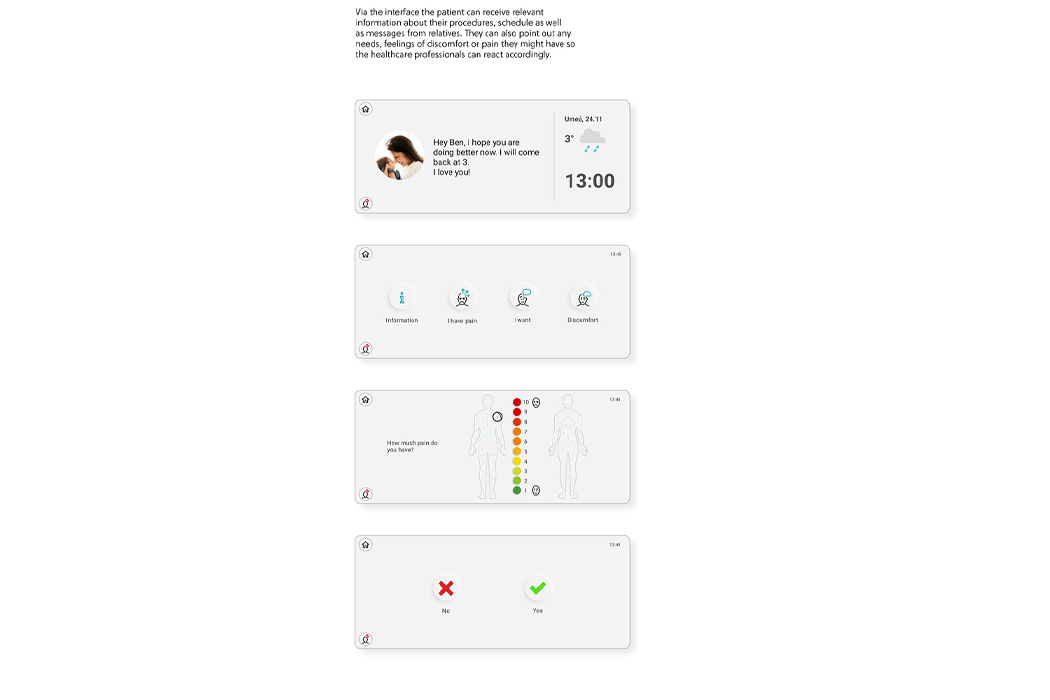
Similar to the notifications we’re used to seeing on our smartphones, SOVA sends alerts to the patients that range from future visits to health progress statistics.
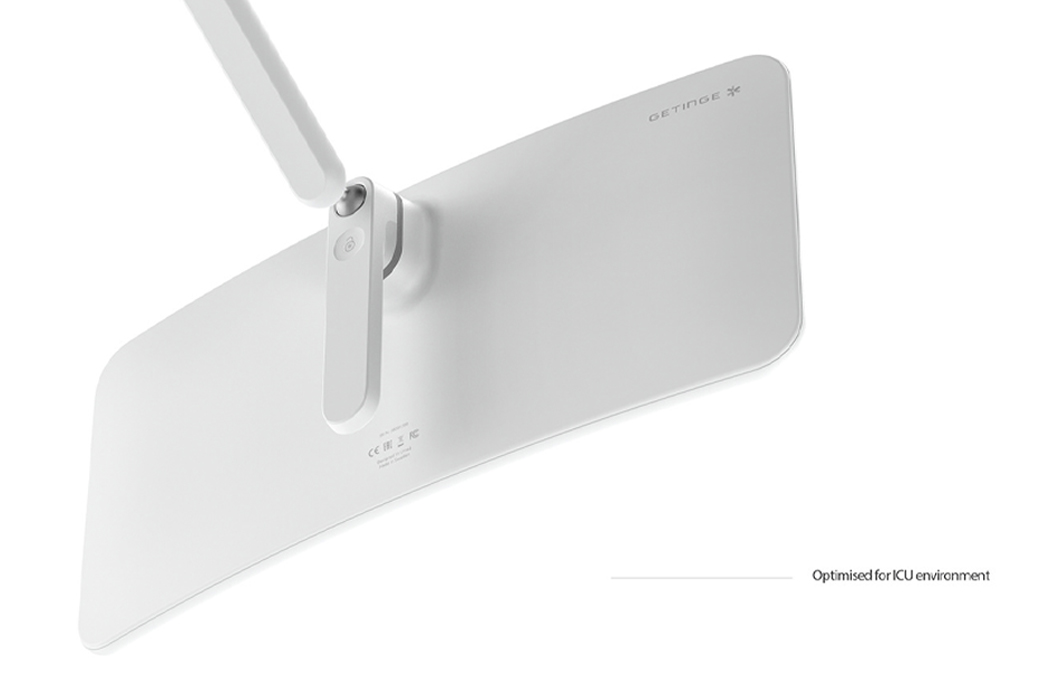
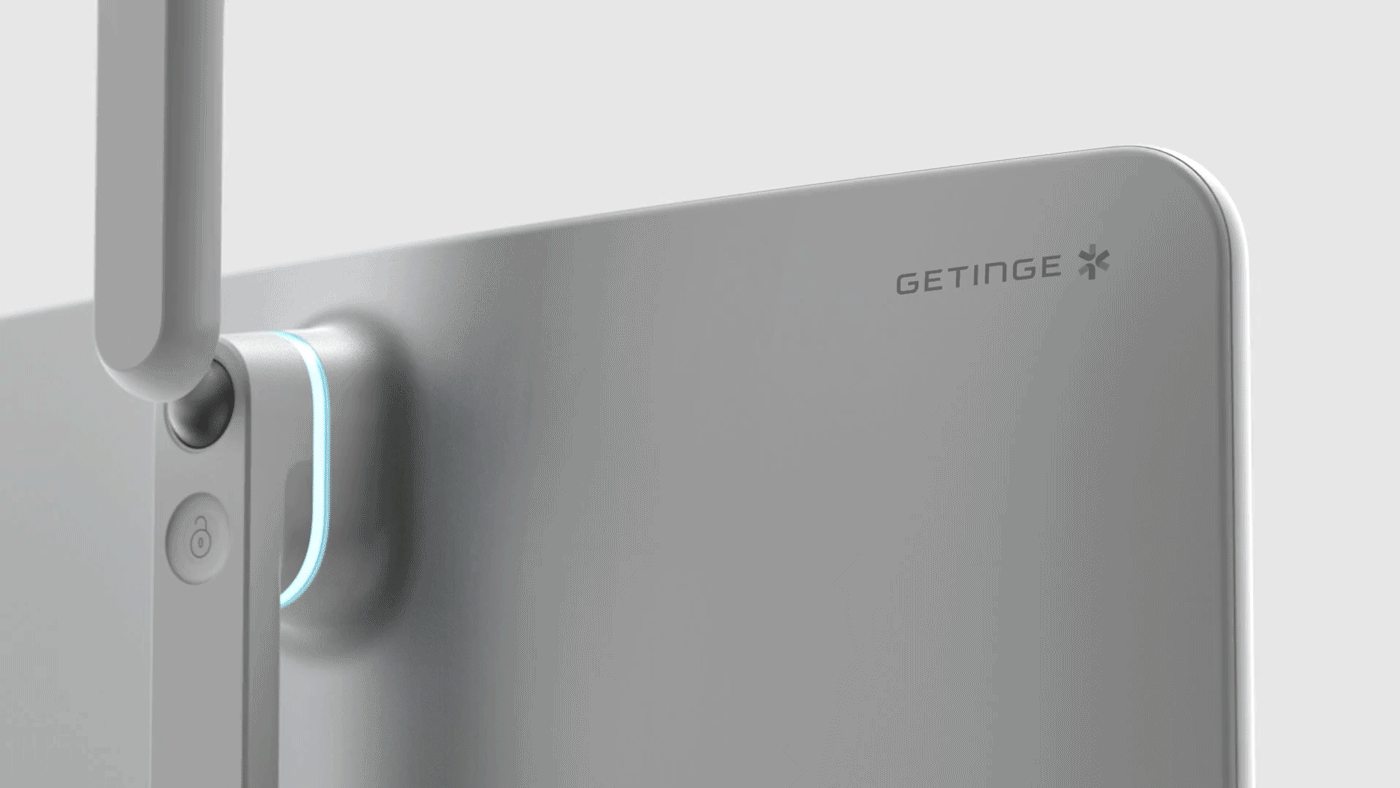
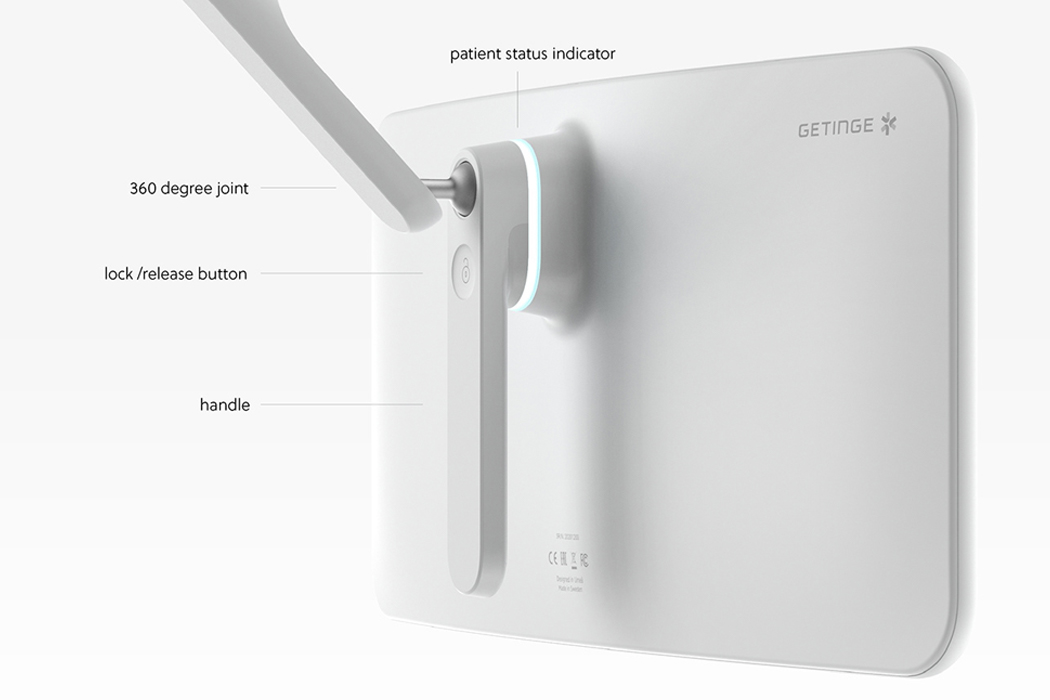
Each SOVA unit also comes with a locking feature that keeps the device from turning or unhinging from its position.
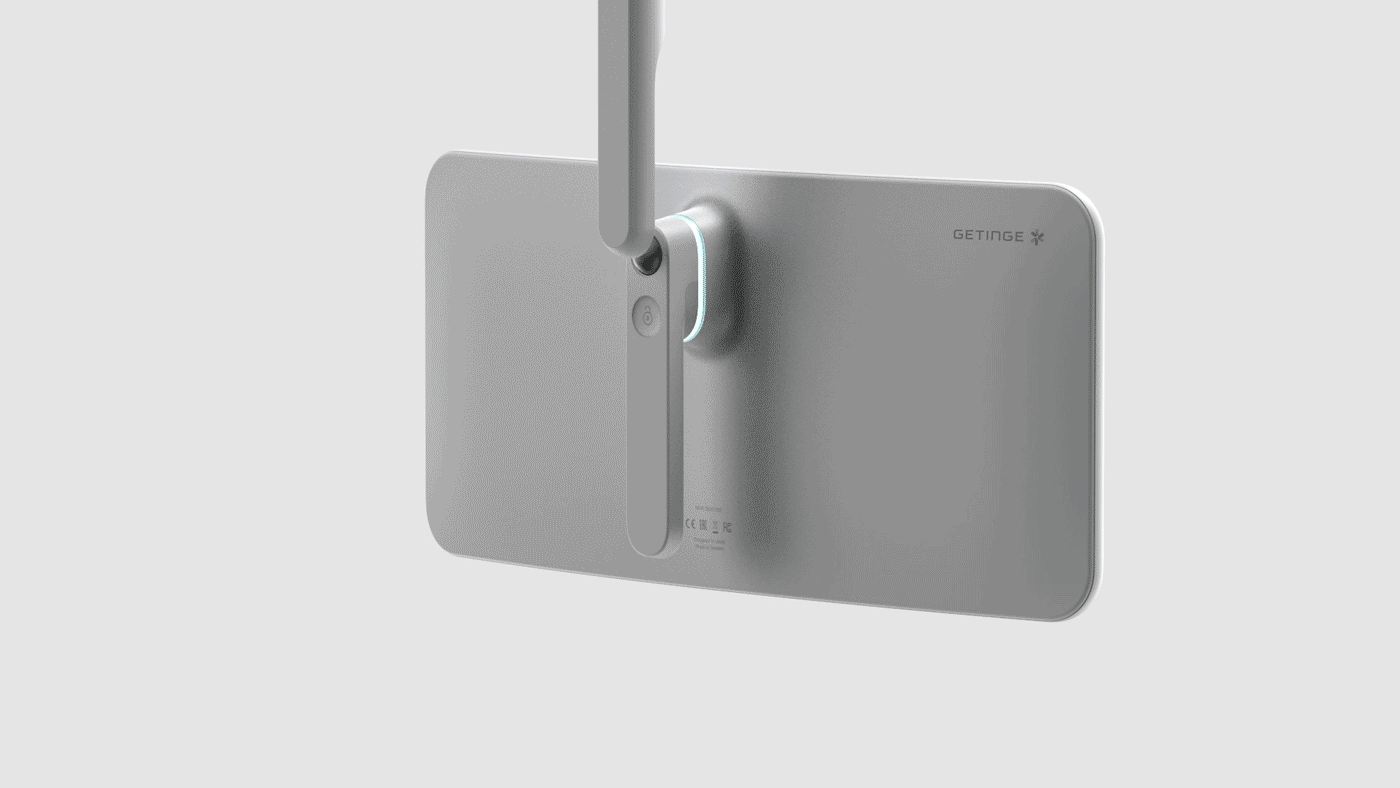
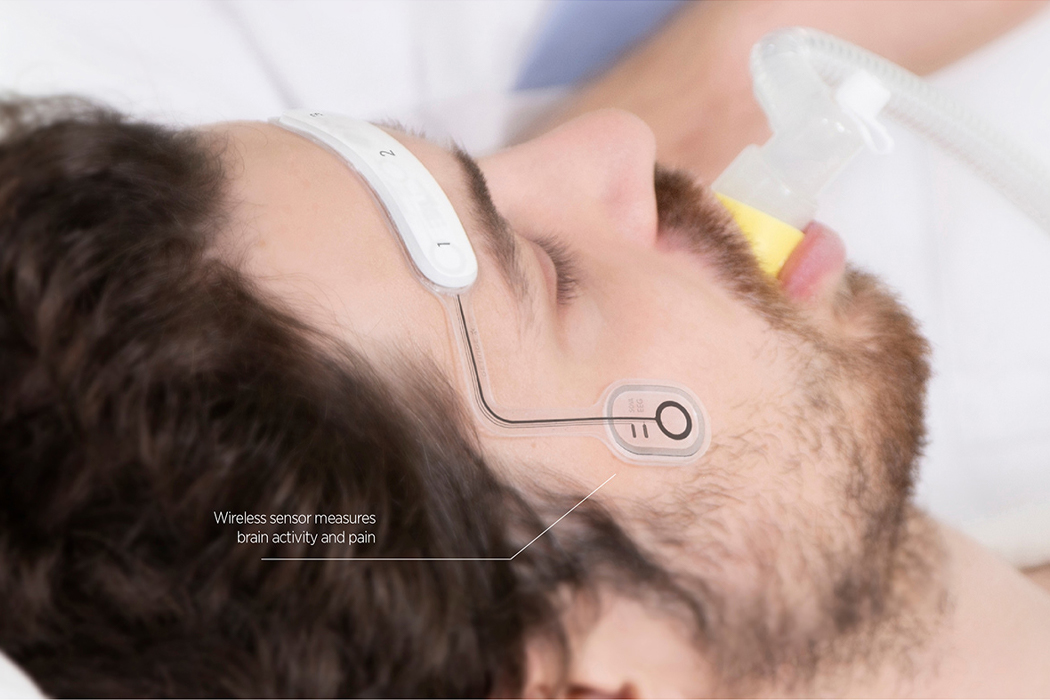
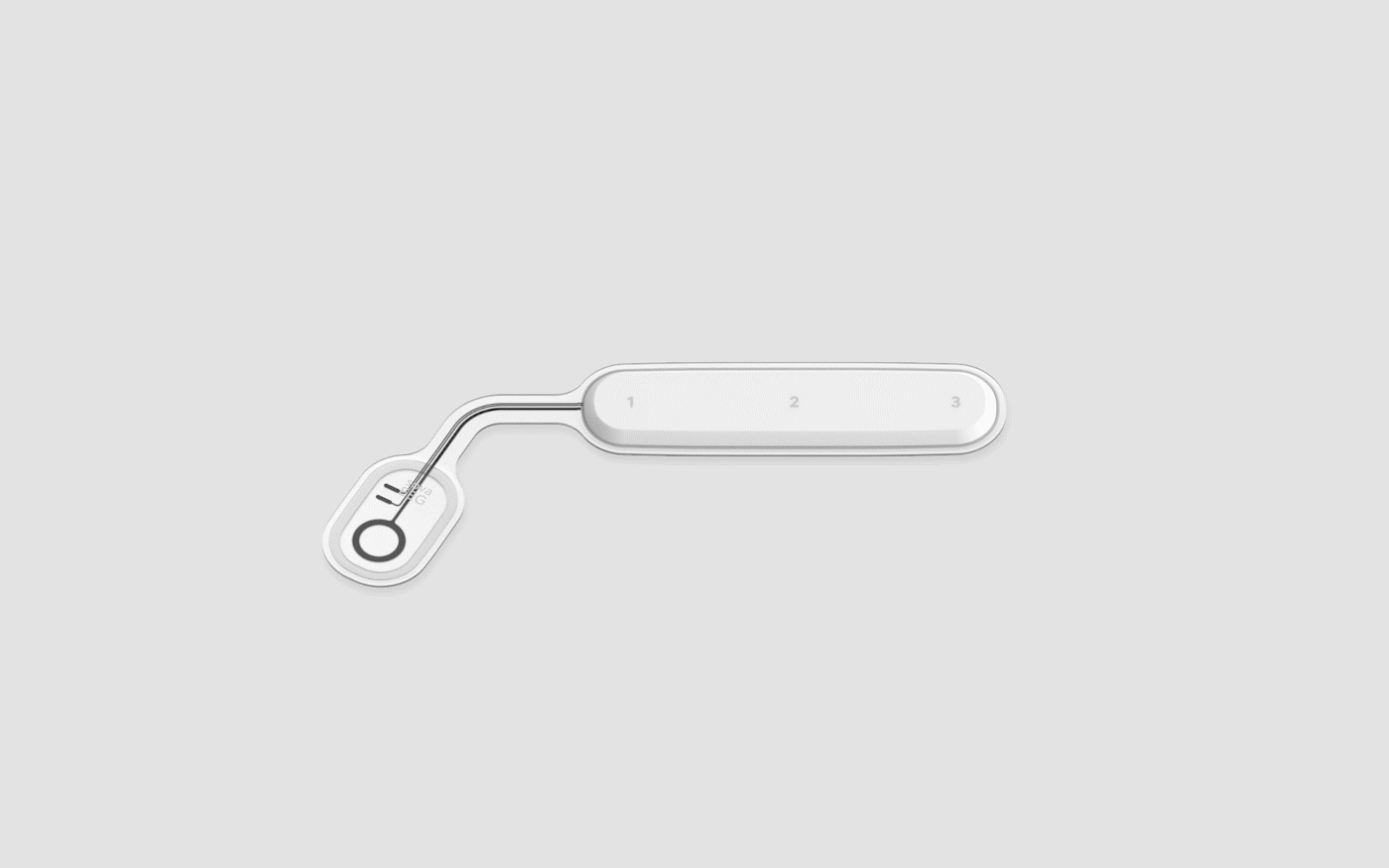
Each patient also wears a sensor that tracks brain activity as well as sleeping habits.
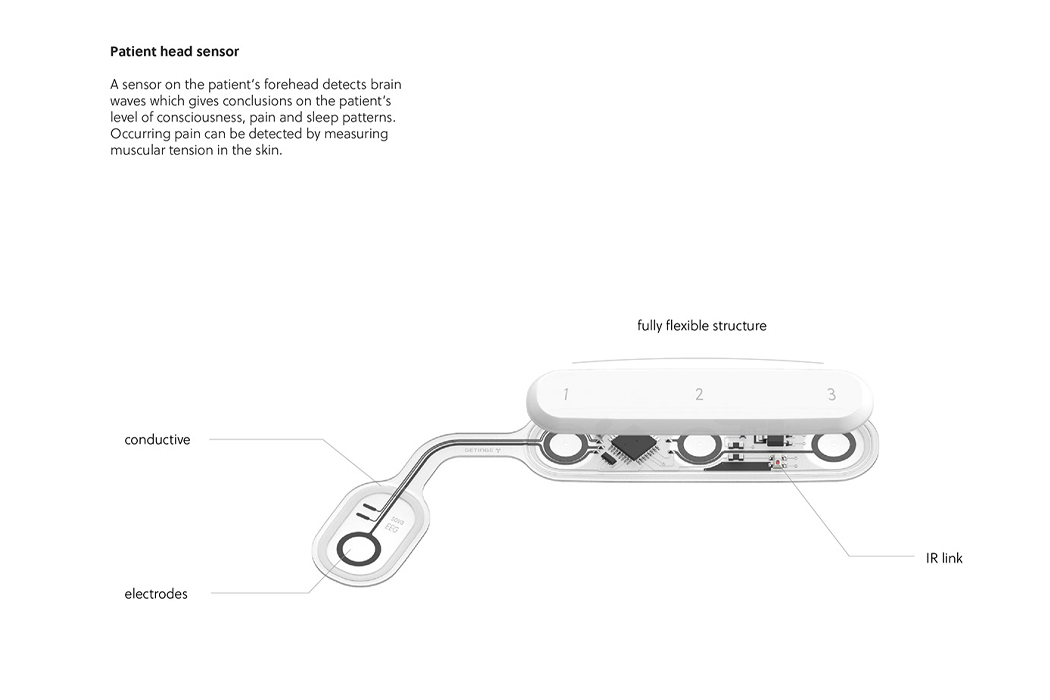
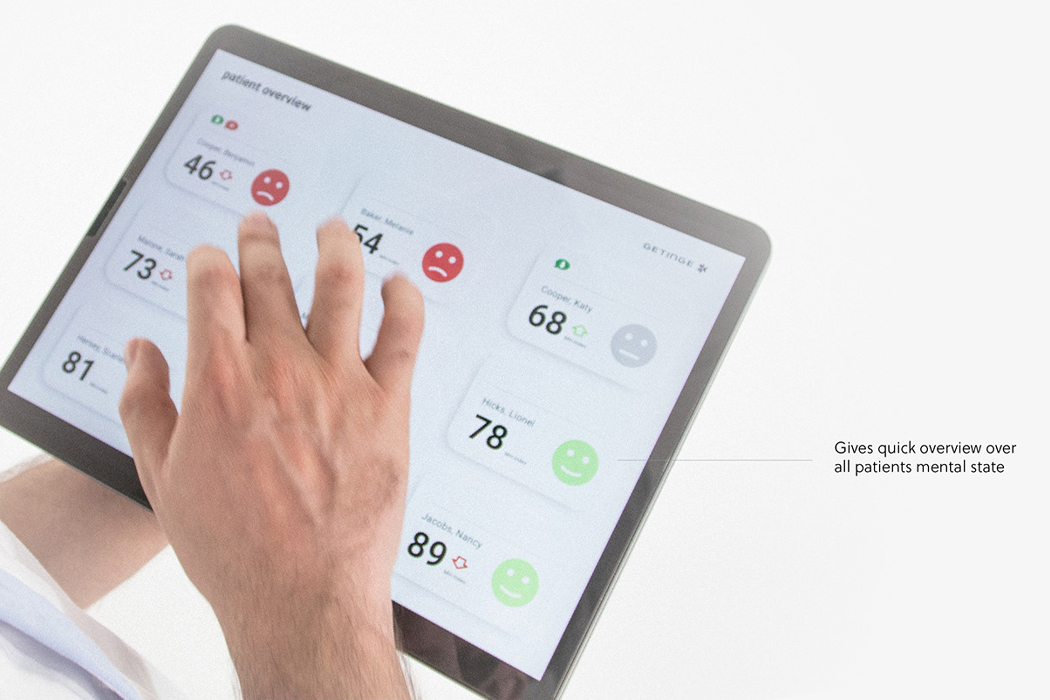
The medical staff’s interface receives all communication from the patient’s interface for real-time support and medical treatment.
